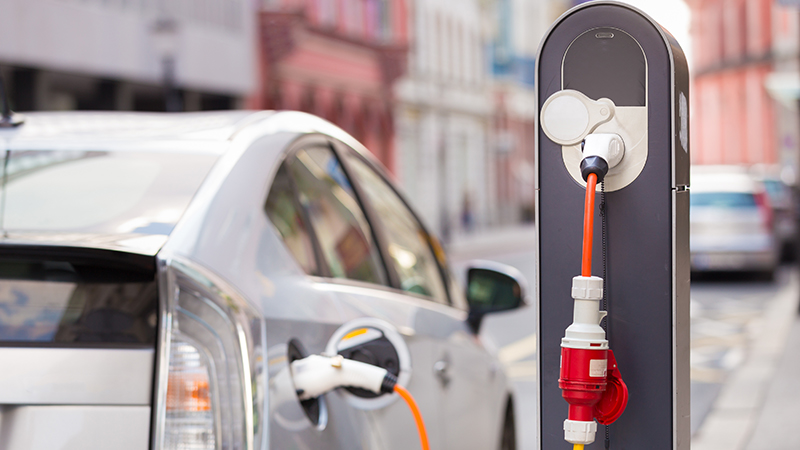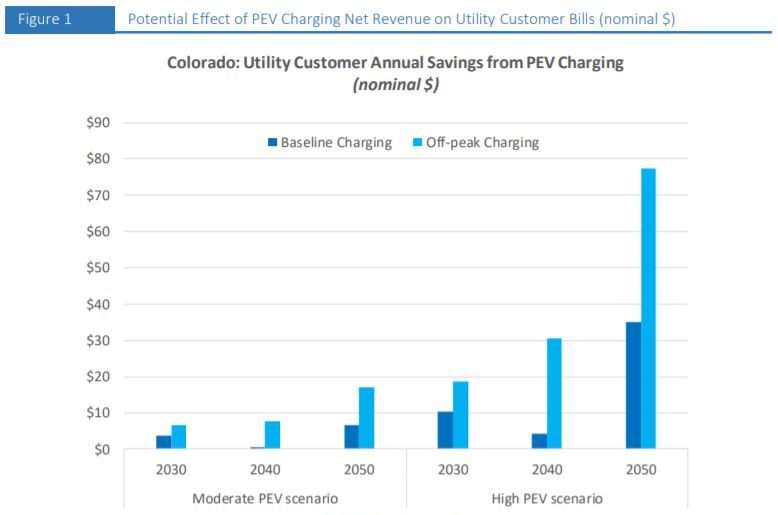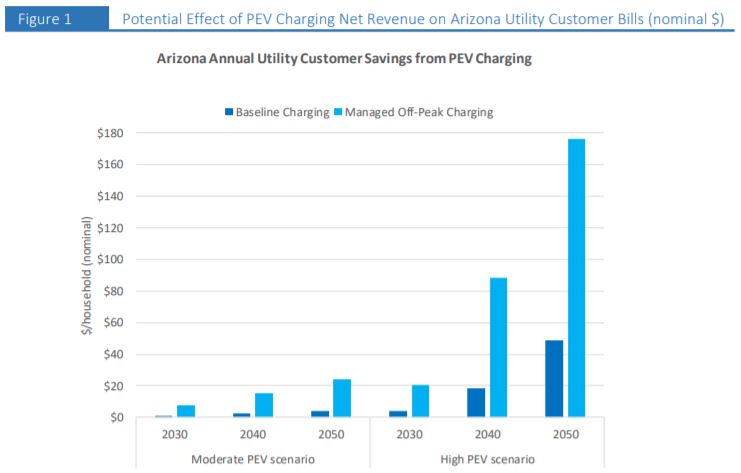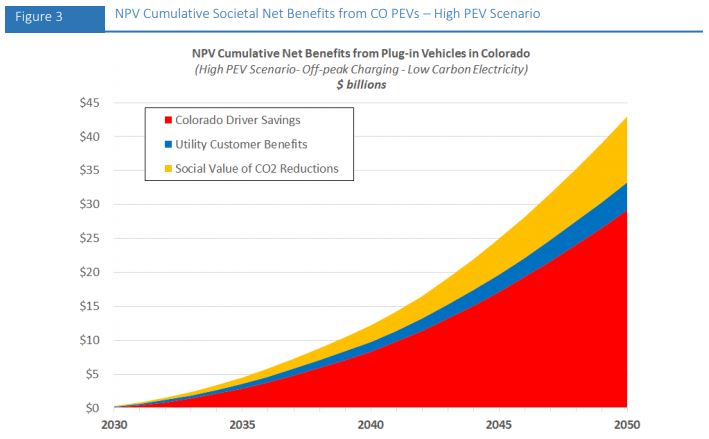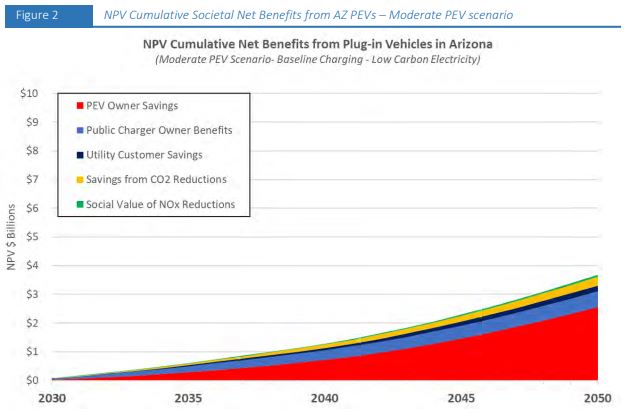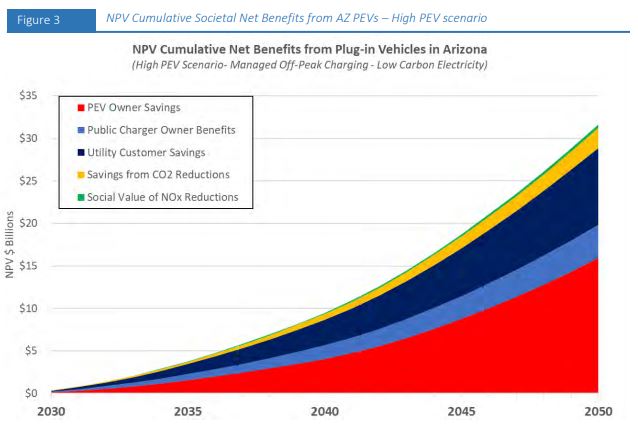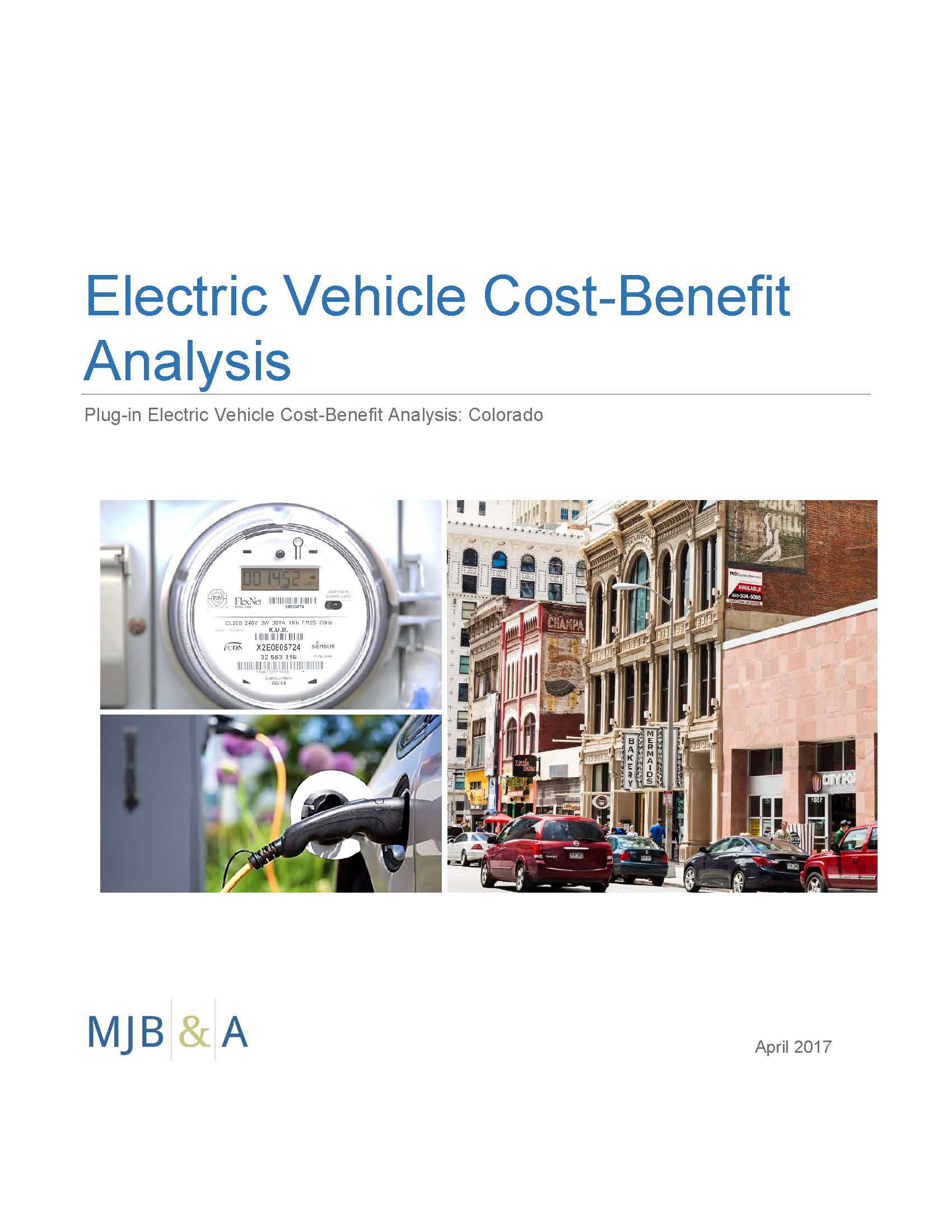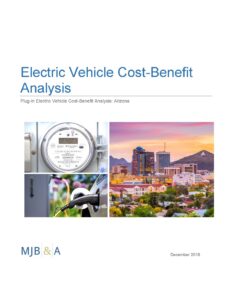March 7, 2019
The West can lead the transition to a zero-emission transportation future
State programs that support the increased use of electric vehicles have been gaining ground across the United States in recent years. From 2005 to 2010, 13 states adopted California’s Low-Emission Vehicle (“LEV”) Standard, while nine states have also adopted the complimentary Zero-Emission Vehicle (“ZEV”) Standard, which sets production requirements for clean vehicles based on a manufacturer’s state sales volumes. Last year, Colorado adopted an LEV standard – a first for the Intermountain West.
Governor Polis, in his first Executive Order, directed Colorado air regulators to also consider adoption of the ZEV standard. New Mexico is undertaking adoption of both the LEV and ZEV standards in response to an Executive Order from Governor Lujan Grisham.
And while Arizona is not considering these standards, the Arizona Corporation Commission adopted a new policy to encourage regulated utilities to invest in infrastructure and develop programs that support electric-vehicle charging and widespread transportation electrification. While the Arizona Commission will hash out the details of its EV policy in 2019, it sent a clear signal about the potential benefits of EVs in Arizona. For example, electric vehicles and policies that support their increased production can save residents money in the long term, create numerous health benefits, and go a long way toward reducing greenhouse gas emissions from the transportation sector.
Myth 1: Zero-emission vehicles raise the cost of electricity for consumers
Increased adoption of ZEVs means an increased demand for electricity in order to charge those vehicles. This additional electric load improves utilization of the electric grid, reducing the cost per unit of electricity for all utility ratepayers. According to two cost-benefit analyses on electric vehicles by the consulting firm M.J. Bradley & Associates, the average household in Colorado could save nearly $77 annually on their utility bill by 2050, while the average household in Arizona could save $176 per year by 2050. Key to realizing these cost savings is making sure electric utilities plan for ZEVs and incentivize ZEV owners to charge at the right time of day – off-peak hours – when energy is cheapest. ZEV charging may also help integrate higher levels of renewables, as battery charging soaks up excess daytime solar or nighttime wind generation.
Myth 2: Only wealthy people can afford zero-emission vehicles
A major benefit from increased use of ZEVs is the reduced demand and reliance on gasoline. ZEVs use lower cost, regionally produced electricity instead of gasoline imported from another state. While the up-front cost of battery electric vehicles is higher today than conventional vehicles, the lower fuel and annual maintenance costs of ZEVs save customers money over the long run. And, ZEV prices continue to fall due to innovation in component parts, such as batteries.
According to two Electric Vehicle Cost-Benefit Analyses done by M.J. Bradley, Coloradans could save an estimated $373 per vehicle per year in annual operating costs, compared with owning gasoline vehicles by 2050, and Arizonans could save an estimated $590 per vehicle per year in annual operating costs, compared with owning gasoline vehicles by 2050.
Myth 3: Zero-emission vehicles only benefit the few
Not only do individual drivers reap the financial benefits of ZEVs, but ZEV use generates benefits for residents across the state. With high levels of ZEV adoption, Western states could see billions of dollars in savings and benefits for their residents by 2050.
Colorado Statewide Savings
In Colorado, ZEVs could provide the state between $7.6 billion and $43 billion in economic benefits by 2050. Importantly, the higher level of savings is associated with higher rates of ZEV adoption – with ZEVs accounting for 26% of vehicles in 2030, and 98% by 2050.
Click to Enlarge
According to the M.J. Bradley Report:
- $300 million will accrue to electric utility customers in the form of reduced electric bills,
- $6.3 billion will accrue directly to Colorado drivers in the form of reduced annual vehicle operating costs, and
- $1.1 billion will accrue to society at large, as the avoidance of costs associated with greenhouse-gas emissions.
Click to Enlarge
According to the M.J. Bradley Report:
- $4.1 billion will accrue to electric utility customers in the form of reduced electric bills,
- $29.1 billion will accrue directly to Colorado drivers in the form of reduced annual vehicle operating costs, and
- $9.7 billion will accrue to society at large, as the avoidance of costs associated with greenhouse-gas emissions.
Arizona Statewide Savings
In Arizona, ZEVs could provide the state between $3.7 billion and $31 billion in economic benefits statewide by 2050. Again, the higher level of economic benefits is associated with an ambitious increase in ZEVs on the road – nearly 1 million by 2030 and 5 million by 2050, along with managed battery charging.
Click to Enlarge
According to the M.J. Bradley Report:
- At least $200 million will accrue to electric utility customers in the form of reduced electric bills,
- $2.6 billion will accrue directly to Arizona drivers in the form of reduced annual vehicle operating costs,
- $500 million will accrue to owners of public charging infrastructure in the state,
- $300 million will accrue to Arizona residents due to reduced costs of complying with future
carbon reduction regulations, and - $70 million will accrue to society at large, as the value of reduced NOx emissions.
Click to Enlarge
According to the M.J. Bradley Report:
- At least $200 million will accrue to electric utility customers in the form of reduced electric bills,
- Up to $9.0 billion will accrue to electric utility customers in the form of reduced electric bills,
- $15.9 billion will accrue directly to Arizona drivers in the form of reduced annual vehicle operating costs,
- $3.9 billion will accrue to owners of public charging infrastructure in the state,
- $2.3 billion will accrue to Arizona residents due to reduced costs of complying with future carbon reduction regulations, and
- $400 million will accrue to society at large, as the value of reduced NOx emissions.
Myth 4: Zero-emission vehicles run on coal-powered electricity
Zero-emission vehicles do not have tailpipe emissions, but greenhouse gases and other pollutants can still be emitted by power plants that make the electricity that charges ZEVs. The total greenhouse gas emissions from increased ZEV use in Colorado and Arizona will be significantly less than the emissions produced by the equivalent amount of gasoline-powered cars. The emissions associated with the electricity generated to charge ZEVs depends on individual utility’s generation sources.
Plug-in electric vehicles charged in Arizona and Colorado have significantly lower greenhouse gas emissions than a conventional vehicle. ZEVs could reduce carbon pollution in Colorado by as much as 17.5 million tons by 2050 — a 79 percent reduction from the transportation sector, compared to what it would be if those vehicles were fueled with gasoline. Electric vehicles could reduce carbon pollution in Arizona by as much as 26.1 million tons by 2050, thereby reducing transportation carbon emissions by 82 percent.
Myth 5: The Health Benefits of Electric Vehicles Are Years Away
Electric vehicles decrease tailpipe emissions and have an immediate impact on local air quality. Plug-in electric vehicles have no tailpipe emissions. In areas with ozone problems, such as central Arizona and Colorado’s Front Range, plug-in electric vehicles would reduce nitrous oxide (NOx) emissions, a major precursor to ground-level ozone. In Arizona, plug-in vehicles could reduce NOx emissions by as much as 2,900 metric tons in 2050. These reductions can help address local air-quality issues and lead to lower rates of asthma and other respiratory and cardiovascular problems. What’s more, as we continue to successfully transition our electricity generation fleet to zero-emission renewable resources, the pollution-fighting power of ZEVs will grow and compound over time.
If we are going to decarbonize the West, we must reduce carbon pollution from the transportation sector. The West has an opportunity to demonstrate how smart, forward-thinking transportation policies that encourage the production and use of ZEVs can play a key role in that transition.
